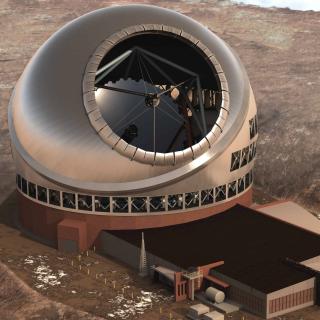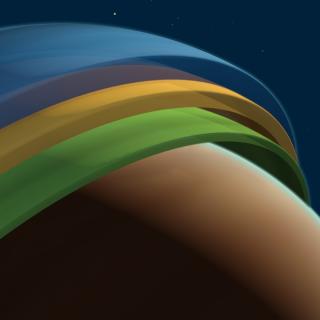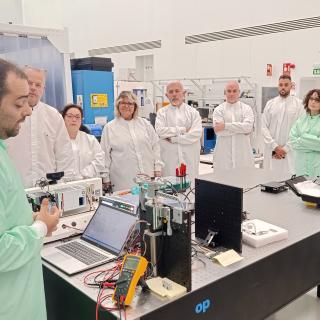It may interest you
-
 Statement supporting the selection of La Palma for the Thirty Meter Telescope (TMT) site: The Comité Científico Internacional (CCI) of the Canary Islands Observatories enthusiastically welcomes the possibility that the Thirty Meter Telescope (TMT) may ultimately choose the Observatorio del Roque de los Muchachos (ORM) on La Palma as its site. The ORM offers outstanding astronomical conditions, decades of successful international cooperation in operating telescopes, and a robust legal framework protecting its dark skies. At its meeting on 27 November 2025 on the island of La Palma, the CCIAdvertised on
Statement supporting the selection of La Palma for the Thirty Meter Telescope (TMT) site: The Comité Científico Internacional (CCI) of the Canary Islands Observatories enthusiastically welcomes the possibility that the Thirty Meter Telescope (TMT) may ultimately choose the Observatorio del Roque de los Muchachos (ORM) on La Palma as its site. The ORM offers outstanding astronomical conditions, decades of successful international cooperation in operating telescopes, and a robust legal framework protecting its dark skies. At its meeting on 27 November 2025 on the island of La Palma, the CCIAdvertised on -
 An international team, in which the Instituto de Astrofísica de Canarias participates, has succeeded in mapping for the first time the three-dimensional structure of the atmosphere of an exoplanet, that is a planet beyond the Solar System. This research, published today in Nature , has been able to discover very strong winds that carry chemical elements such as iron and titanium, which create certain weather patterns through the planet's atmosphere. This mapping opens the door to more comprehensive and detailed studies of the chemical composition and climate of other planets. Enric PalléAdvertised on
An international team, in which the Instituto de Astrofísica de Canarias participates, has succeeded in mapping for the first time the three-dimensional structure of the atmosphere of an exoplanet, that is a planet beyond the Solar System. This research, published today in Nature , has been able to discover very strong winds that carry chemical elements such as iron and titanium, which create certain weather patterns through the planet's atmosphere. This mapping opens the door to more comprehensive and detailed studies of the chemical composition and climate of other planets. Enric PalléAdvertised on -
 As part of Open Government Week, which is being held from 19 to 25 May, the Instituto de Astrofísica de Canarias (IAC) has organised open days at its facilities in La Laguna (Tenerife) to bring its research and technological activity closer to the public. This international initiative aims to promote the values of transparency, citizen participation and accountability in public administrations. The visits, in which dozens of people took part in different shifts, were held on Monday 19 May at the IAC headquarters and on Tuesday 20 May at the IACTEC building, the Institute's technological andAdvertised on
As part of Open Government Week, which is being held from 19 to 25 May, the Instituto de Astrofísica de Canarias (IAC) has organised open days at its facilities in La Laguna (Tenerife) to bring its research and technological activity closer to the public. This international initiative aims to promote the values of transparency, citizen participation and accountability in public administrations. The visits, in which dozens of people took part in different shifts, were held on Monday 19 May at the IAC headquarters and on Tuesday 20 May at the IACTEC building, the Institute's technological andAdvertised on